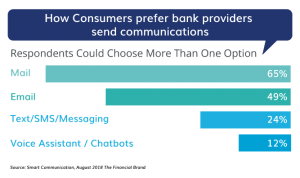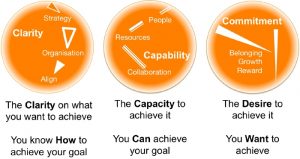With the rise of Millennial and Gen Z employees in the workforce, leaders who are used to working with older Millennials and Generation X are discovering that much of their usual management style is irrelevant when it comes to managing and communicating with the younger generations.
The gap that so glaringly exists between these generations is leading to difficulty in retention. By understanding the common mistakes that leaders make when managing their Millennial and Gen Z employees, you can do your best to avoid them and keep your younger employees around.
1. Putting both demographics in the same bucket
Grouping millennials and generation Z together is pretty typical. Leaders often get in the habit of focusing on the negative stereotypes of one generation or the other, pointing fingers and blaming things on these impressions. These stereotypes create a bias that affects the way managers handle their millennial and gen Z employees.
However, millennials and generation Z have very different characteristics. By grouping these demographics together, managers actually lead with a misplaced bias. These leaders find it’s pretty hard to manage a group when misunderstanding and misrepresenting them.
2. Using generational bias to define their employees as people
Many leaders take the information they know about each generation, create a bias, and use that bias to characterize their employees. Essentially, they’re deciding things about their employees ahead of time. They determine how someone is going to act, what they’re going to say, how they’re going to respond, based on the fact that they’re a millennial or in generation Z.
For example, they might assume that their generation Z employees are going to have their faces stuck in their phones all the time. They might assume that their Millennials are all going out to party on Friday nights. The worst part of this is that they take these assumptions and let them dictate how they talk to their employees and how they act around them.
This is a huge mistake! By characterizing employees based on when they were born and what pop culture figures were number one throughout their childhood, managers are entirely missing out on the human component. Using knowledge of generations as basic, useful information is one thing; using that knowledge as the basis for how someone is treated is a complete mistake.
3. Not realizing that generations are simply growing up under different norms
Sometimes leaders view the distinctions between time periods as some great insight and they act accordingly. However, generations are really just people growing up under different norms. These different norms cause different actions.
Managers may not understand why their Generation Z employees are sending GIFs or making Instagram Stories. They might not understand why their employees are talking so openly about what they consider to be taboo subjects. The lack of understanding can lead to confusion, disdain, and even irritation.
It’s important for leaders to remember that they have their own ingrained behaviors, things that their childhood norms built into them. The different norms for each generation may cause certain behaviors that the other generations just don’t understand.
Forgetting this fact can cause managers to look down on their Millennial and Generation Z employees, instead of holding space for who they are. This misunderstanding creates a communication barrier, making it difficult for leaders to manage their employees. Keeping the fact that generations are just different societal norms in mind can make it easier for managers to be accepting of variations in behavior and can open a pathway for authentic communication.
4. Not asking questions
One of the best ways to lead people and create a cohesive team is through mutual understanding. Asking questions is a getaway for this understanding and one that many managers miss out on. Questioning employees on a variety of topics puts the leader on a more personal level that opens the door for connection.
Questions can be about certain generational topics such as social media platforms, how to use a certain tech gadget or a particular celebrity. Employees will view these questions in a positive light that brings management and base employees together. By asking questions, managers put themselves on a more personal level, encouraging them to open up, talk to their manager, and begin a dialogue.
As a leader, connecting with the younger generations and learning how to guide them is essential. Unfortunately, many leaders see the generational gap and freeze, unsure how to reach these employees that appear so foreign to them.
When they feel unsure, most leaders tend to make a handful of common mistakes. While typically innocent in nature, these mistakes can actually cause employees to disrespect their boss and eventually quit. Learning about these common mistakes can help leaders avoid them in order to effectively manage millennials and generation Z.
Business & Finance Articles on Business 2 Community
(34)




